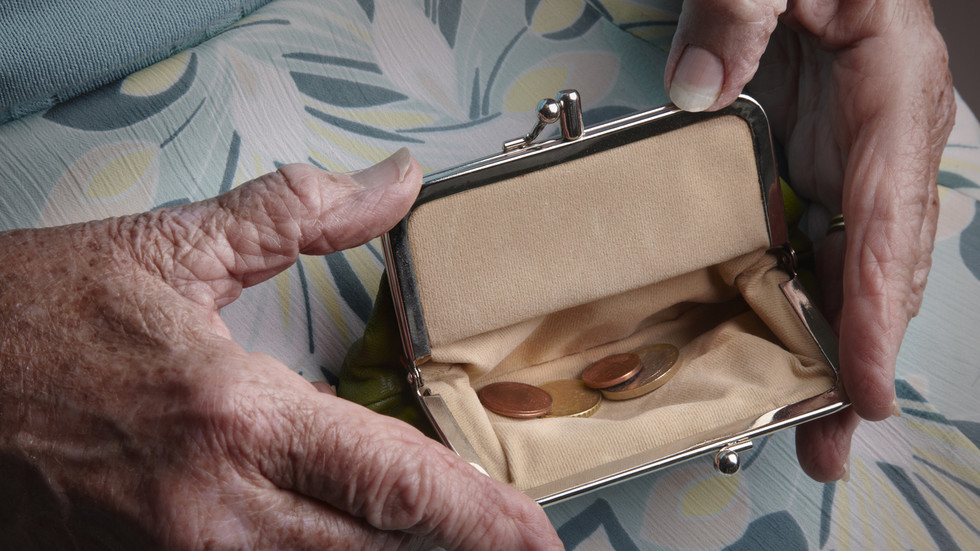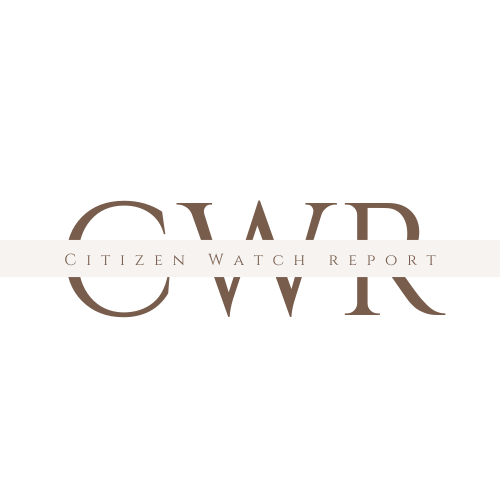Escaping hardship has become much more difficult over the past two decades, says the Joseph Rowntree Foundation
A million more people were living in poverty in the UK in 2021-22 than in the previous year as the cost-of-living crisis worsened, new analysis by the Joseph Rowntree Foundation (JRF) has found.
The charity’s report says 14.4 million people, including 4.2 million children, were in poverty in 2021-22, with an increasing number unable to afford food or pay their energy bills. This is up from a total of 13.4 million people – including 3.9 million children – the year before.
“It has been almost twenty years and six Prime Ministers since the last prolonged period of falling poverty in the UK. Instead, over the last two decades, we have seen poverty deepen, with more and more families falling further and further below the poverty line,” said Group Chief Executive of the JRF Paul Kissack.
Six million people had incomes far below the standard poverty line and were thus in ‘very deep’ poverty in 2021-22, according to the report. The poverty gap, or the amount of money needed to bring the incomes of the poorest people back to the poverty line, has grown wider. Those in this category would on average need to more than double their income to escape poverty, the JFR wrote. A couple with two children under the age of 14 is reportedly defined as being in ‘very deep’ poverty if their annual household income is below £14,600 ($18,519).
Larger families, disabled people, part-time workers and the self-employed, as well as people living in rented accommodation, were identified as among those facing particularly high levels of poverty.
The JFR report also raised concerns about the future levels of hardship since inflation in the country is still running at twice the target level, benefits are taking time to catch up with rising prices, employment is starting to fall, earnings are still below their 2008 levels, and housing costs are increasing rapidly.
For more stories on economy & finance visit RT’s business section






















































